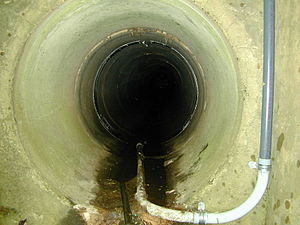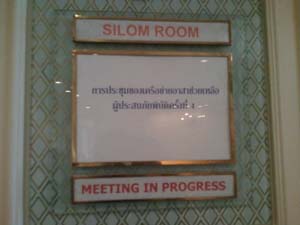ลดความเสี่ยงจากดินถล่ม?! ตอนต่อมา
ต่อจากนี้ไป เราจะได้ยินคำเตือนเรื่องดินถล่ม ทุกครั้งที่คาดว่าจะมีฝนตกหนัก แล้วในที่สุดก็จะรู้สึกเฉยๆ ไปในที่สุด… ความรู้สึกแบบนี้อันตรายครับ ถึงเตือนแล้วไม่เกิด หรือว่าเตือนแล้วไม่มีทางออกให้ก็ตาม
บ้านเรือนที่ตั้งอยู่เชิงเขามีความเสี่ยงต่อดินถล่มเสมอ ไม่ว่าฝนจะตกหนักหรือไม่ และไม่ว่าจะมีใครเตือนภัยหรือไม่
FEMA อธิบายไว้ว่า
A landslide is defined as “the movement of a mass of rock, debris, or earth down a slope”. (Cruden, 1991). Landslides are a type of “mass wasting” which denotes any down slope movement of soil and rock under the direct influence of gravity. The term “landslide” encompasses events such as rock falls, topples, slides, spreads, and flows, such as debris flows commonly referred to as mudflows or mudslides (Varnes, 1996). Landslides can be initiated by rainfall, earthquakes, volcanic activity, changes in groundwater, disturbance and change of a slope by man-made construction activities, or any combination of these factors. Landslides can also occur underwater, causing tsunami waves and damage to coastal areas. These landslides are called submarine landslides.
Failure of a slope occurs when the force that is pulling the slope downward (gravity) exceeds the strength of the earth materials that compose the slope. They can move slowly, (millimeters per year) or can move quickly and disastrously, as is the case with debris-flows. Debris-flows can travel down a hillside of speeds up to 200 miles per hour (more commonly, 30 - 50 miles per hour), depending on the slope angle, water content, and type of earth and debris in the flow. These flows are initiated by heavy, usually sustained, periods of rainfall, but sometimes can happen as a result of short bursts of concentrated rainfall in susceptible areas. Burned areas charred by wildfires are particularly susceptible to debris flows, given certain soil characteristics and slope conditions.

 ท่อระบายน้ำซึ่งพบมากในเมือง เป็นท่อซึ่งลำเลียงน้ำจากที่สูงไปยังที่ต่ำ ทั้งน้ำฝนแลน้ำทิ้ง
ท่อระบายน้ำซึ่งพบมากในเมือง เป็นท่อซึ่งลำเลียงน้ำจากที่สูงไปยังที่ต่ำ ทั้งน้ำฝนแลน้ำทิ้ง








